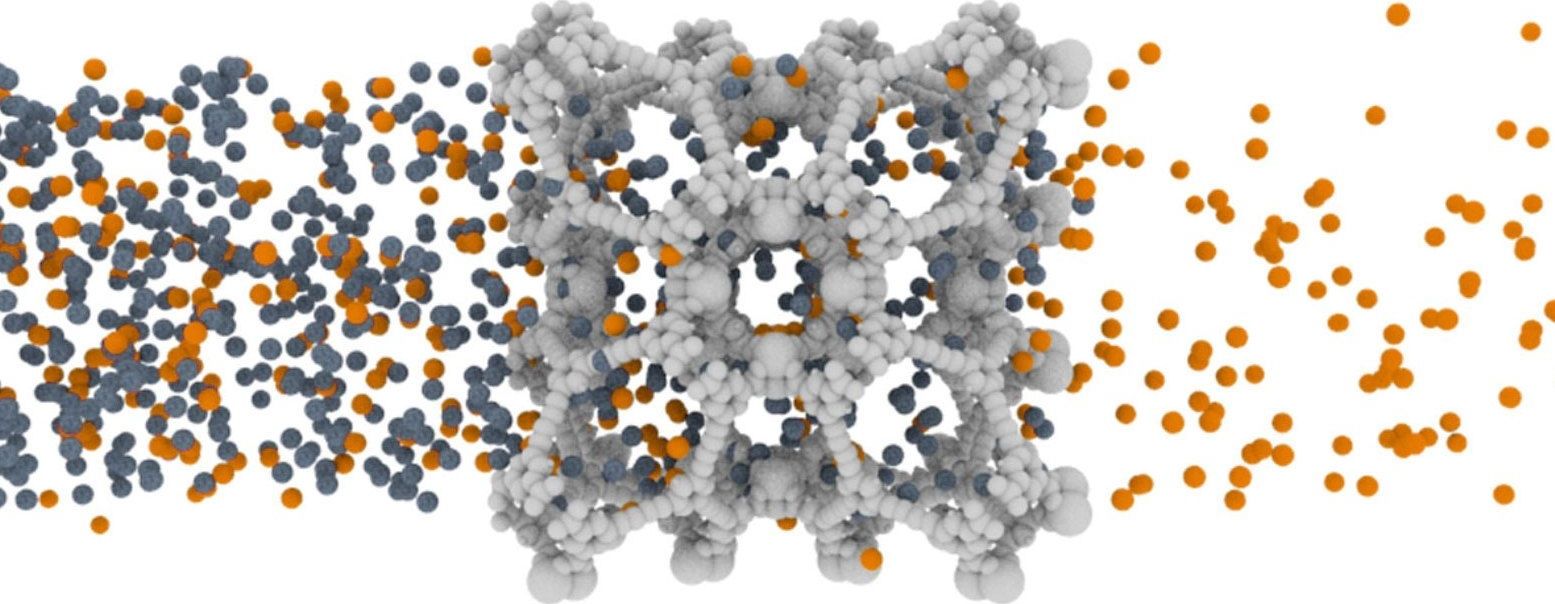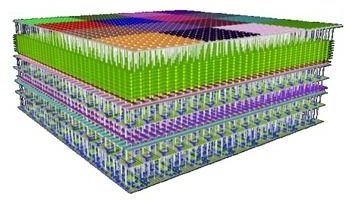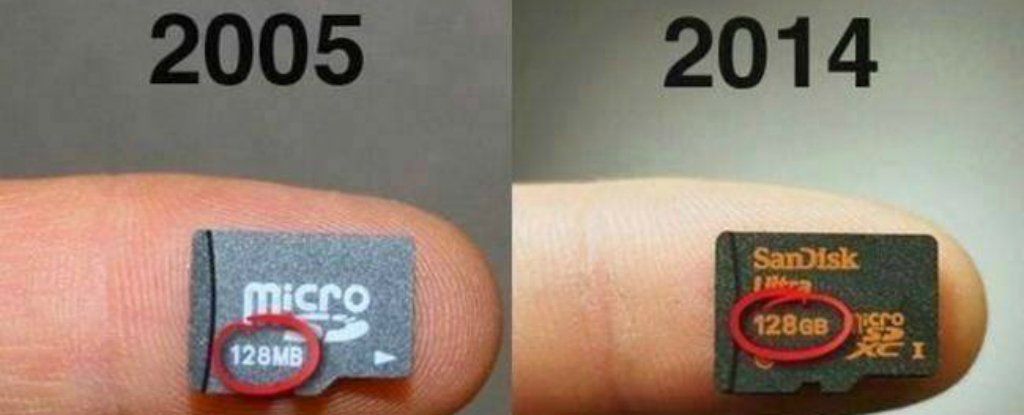OS Fund invests in quantum-leap developments that promise to rewrite the operating systems of life.



The Defense Advanced Research Projects Agency (DARPA) has selected the teams for two research programs that the agency hopes will provide technologies to transcend the limits of Moore’s Law.
As part of DARPA’s $1.5 billion Electronics Resurgence Initiative (ERI) to “jumpstart innovation in the electronics industry,” the Three Dimensional Monolithic System-on-a-Chip (3DSoC) program and the Foundations Required for Novel Compute (FRANC) program are focused on developing chip-level innovations that lead to more powerful and efficient computing systems. We reported on both programs last September, just after they were announced.
Last week, during DARPA’s first ERI Summit in San Francisco, the agency revealed the research teams selected to drive each of these efforts. For the 3DSoC program, groups from the Georgia Institute of Technology, Stanford University, Massachusetts Institute of Technology, and Skywater Technology Foundry were tapped. The corresponding research teams for the FRANC program will come from HRL Laboratories; Applied Materials, Inc.; Ferric, Inc.; the University of California, Los Angeles; the University of Minnesota; and the University of Illinois at Urbana-Champaign.

Next time you eat a blueberry (or chocolate chip) muffin consider what happened to the blueberries in the batter as it was baked. The blueberries started off all squished together, but as the muffin expanded they started to move away from each other. If you could sit on one blueberry you would see all the others moving away from you, but the same would be true for any blueberry you chose. In this sense galaxies are a lot like blueberries.
Since the Big Bang, the universe has been expanding. The strange fact is that there is no single place from which the universe is expanding, but rather all galaxies are (on average) moving away from all the others. From our perspective in the Milky Way galaxy, it seems as though most galaxies are moving away from us – as if we are the centre of our muffin-like universe. But it would look exactly the same from any other galaxy – everything is moving away from everything else.
To make matters even more confusing, new observations suggest that the rate of this expansion in the universe may be different depending on how far away you look back in time. This new data, published in the Astrophysical Journal, indicates that it may time to revise our understanding of the cosmos.

The strange case of a young boy who had a large section of his brain removed shows just how good the human brain is at repairing itself — or at least making the most of a tough situation. Beyond being just a lump of tissue that named itself, the brain is also a kind of wonderful, wet computer that’s capable of rewiring itself in response to new experiences like taking drugs, forming new memories, and making friends. In extreme cases, like that of a 6-year-old boy who had about one-sixth of his brain removed, the brain can even adapt to getting cut apart.
Doctors documented the boy’s case in a paper published July 31 in the journal Cell Reports. They report that despite the boy having a significant portion of his brain removed, including the portion associated with visual processing, the boy has developed into a healthy 10-year-old. And while he still can’t see in the left side of his field of vision, his brain has reconfigured some of the lost connections so that he is able to recognize people’s faces. All in all, the doctors see it as a successful procedure, as well as evidence of the brain’s plasticity — its ability to adapt — when it comes to higher-order functions.
“He is essentially blind to information on the left side of the world. Anything to the left of his nose is not transmitted to his brain, because the occipital lobe in his right hemisphere is missing and cannot receive this information,” Marlene Behrmann, Ph.D., a professor of psychology at Carnegie Mellon University and the corresponding author on the paper, tells New Scientist.


Silicon is the king of the computing world. Almost all commercial integrated circuits have been based on silicon and, for the most part, on a single basic process called complementary metal oxide (CMOS).
But the end of silicon may be in sight. Even industry giant IBM acknowledges that silicon’s days are numbered. But why? And what’s going to replace it?
There is a whole raft of new materials and partial replacements for silicon in the offing. But I could have written that very sentence two decades ago—maybe even as far back as 1980. Yet silicon remains dominant.

Sometimes, while waiting for quantum computers to become a thing, or complaining that your stupid laptop keeps dying on 5 percent battery, it’s easy to forget just how far technology has come over the past 50 years.
Sure, we can all list off a whole bunch of innovations that have changed the way the world works — the Internet, smartphones, radio telescopes — but it’s hard to really put that kind of change into perspective.
Thankfully, pictures often speak louder than words, and so below are nine photos that’ll make you stop and raise your *praise hand* emojis to the sky in honour of the scientists and engineers that have got us where we are today.

Hopefully in the future, when somebody tells you they will be making an appointment with a surgeon for an augment, they will come back smarter. The world will be a better place for it.
Reprinted with permission from the author.
Eric C. Leuthardt, M.D., is a neurosurgeon who is currently a professor with the Department of Neurological Surgery and the Department of Biomedical Engineering at Washington University in St. Louis. He is Director of the Center for Innovation in Neuroscience and Technology and the Brain Laser Center. His work has yielded him numerous accolades as a scientist, a neurosurgeon, and an inventor. He was named one of the Top Young Innovators by MIT’s magazine Technology Review. The magazine names individuals under the age of 35 each year whose work in technology has global impact. In addition to numerous peer reviewed publications, Leuthardt has numerous patents on file with the U.S. Patent and Trademark Office for medical devices and brain computer interface technologies.


UK researchers can now ‘funnel’ electrical charge onto a chip. Using the atomically thin semiconductor hafnium disulphide (HfS2), which is oxidized with a high-intensity UV laser, the team were able to engineer an electric field that funnels electrical charges to a specific area of the chip, where they can be more easily extracted.
This method has the potential to harvest three times the energy compared with traditional systems. The researchers believe their breakthrough could result in solar panels, no bigger than a book, producing enough energy to power a family-sized house.